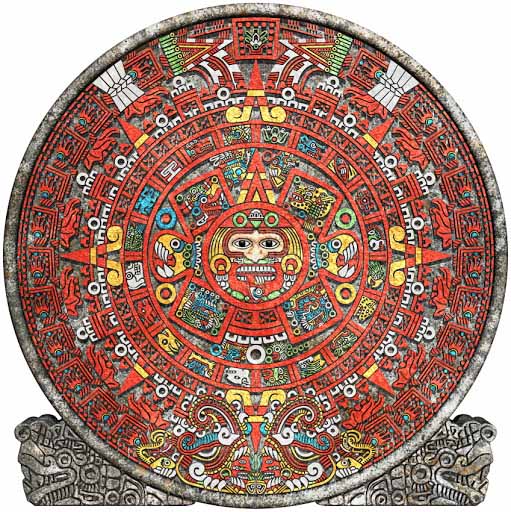

The Maya calendar is a system of calendars used in pre-Columbian Mesoamerica and in many modern communities in the Guatemalan highlands, Veracruz, Oaxaca and Chiapas, Mexico.
The essentials of the Maya calendar are based upon a system which had been in common use throughout the region, dating back to at least the 5th century BCE. It shares many aspects with calendars employed by other earlier Mesoamerican civilizations, such as the Zapotec and Olmec and contemporary or later ones such as the Mixtec and Aztec calendars.
By the Maya mythological tradition, as documented in Colonial Yucatec accounts and reconstructed from Late Classic and Postclassic inscriptions, the deity Itzamna is frequently credited with bringing the knowledge of the calendar system to the ancestral Maya, along with writing in general and other foundational aspects of Maya culture. Read more
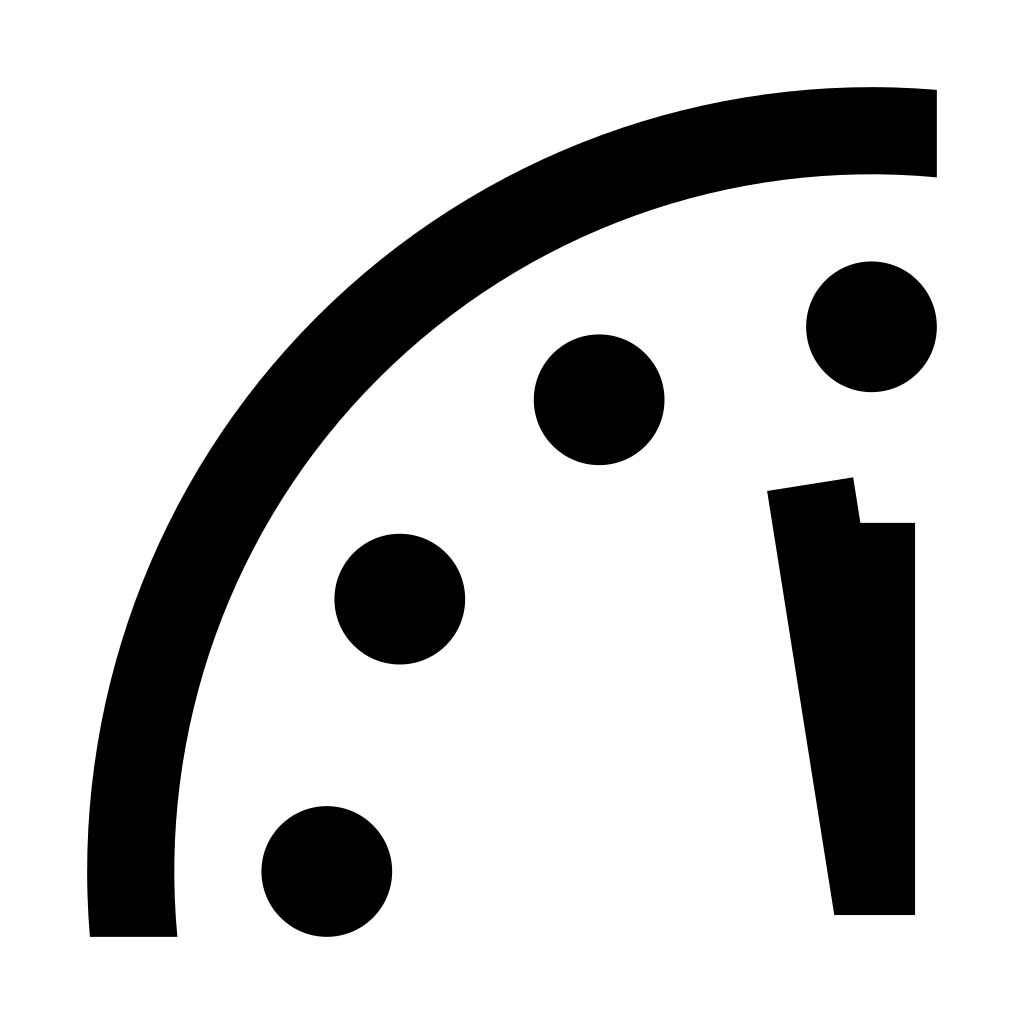
The Mayan Calendar allegedly named December 21, 2012 as an End Time date. This takes us to the Fibonacci Sequence 0,1,1,2,3 ... of creation when we reversed to 1,2.
November 2023 - We are currently at 0,1 which parallels the Doomsday Clock meaning we are running out of time.
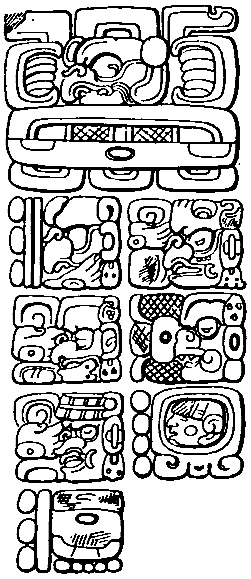
The 2012 phenomenon was a range of eschatological beliefs that cataclysmic or transformative events would occur on or around 21 December 2012 This date was regarded as the end-date of a 5,126-year-long cycle in the Mesoamerican Long Count calendar, and festivities took place on 21 December 2012 to commemorate the event in the countries that were part of the Maya civilization (Mexico, Guatemala, Honduras, and El Salvador), with main events at Chichen Itza in Mexico and Tikal in Guatemala.
Various astronomical alignments and numerological formulae were proposed for this date. A New Age interpretation held that the date marked the start of a period during which Earth and its inhabitants would undergo a positive physical or spiritual transformation, and that 21 December 2012 would mark the beginning of a new era. Others suggested that the date marked the end of the world or a similar catastrophe. Scenarios suggested for the end of the world included the arrival of the next solar maximum, an interaction between Earth and the supermassive black hole at the center of the galaxy, or Earth's collision with a mythical planet called Nibiru.
Scholars from various disciplines quickly dismissed predictions of cataclysmic events as they arose. Mayan scholars stated that no classic Mayan accounts forecast impending doom, and the idea that the Long Count calendar ends in 2012 misrepresented Mayan history and culture.Astronomers rejected the various proposed doomsday scenarios as pseudoscience which is refuted by elementary astronomical observations. Read more
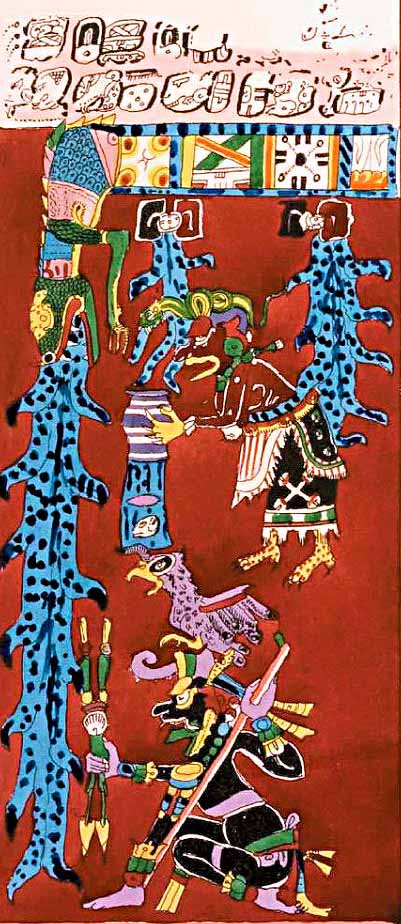
In 2009, the History Channel presented "Decoding the Past", discussing the last page of the Dresden Codex depicting the destruction of the world via water. Waves gush from the mouth of a celestial dragon. More flood waters pour from sun and moon symbols on the underside of the monster's body. An aged goddess also pours flood water onto the Earth. At the bottom of the picture crouches a ruler of the underworld. Above the picture, about half of the 15 glyphs have been destroyed, but a few of the remaining ones consistently refer to "Black Earth" or "Black on High".
Pantheons of gods and goddesses were all played by the same "character" throughout mythology following the same algorithm. They came from the sky - stayed to seed the human race - then left to return one day at the end of the cycle called time. They wore masks and costumes - left behind artifacts, calendars and landmarks and most importantly encoded message within human DNA to be activated when Time ran out. By any name they were our progenitors.
Quetzalcoatl is depicted in many ways usually as the feathered serpent though sometimes as a - Shining One - looking nothing like the Mesoamerican people who worshipped him. Feathers represent the ascension of human consciousness back to its origins - while 'serpent' represents human DNA in physical reality.
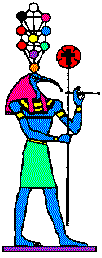
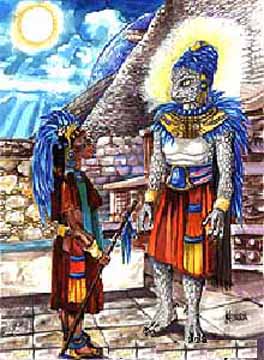
The Anunnaki God - Ningshiidza allegedly took on the role of Egyptian God Thoth creating civilizations replete with monuments and artifacts depicting their alleged time on Earth. Thoth allegedly flew across the planet founding the Mesoamerican Civilization where he became known as Quetzalcoatl.
Other stops along the way in the matrix of experiences on planet Earth - included the ancient civilizations of Asia, Africa, North America, and other parts of the world that no longer exist today - many sunk due to cataclysmic changes. They are all part of the simulation in the story of humanity in the bipolar (physical) realms of The Human Experiment. It's all just a story set in linear time to experience emotions with gods who will never return as the story Fades to Black when Time runs out.